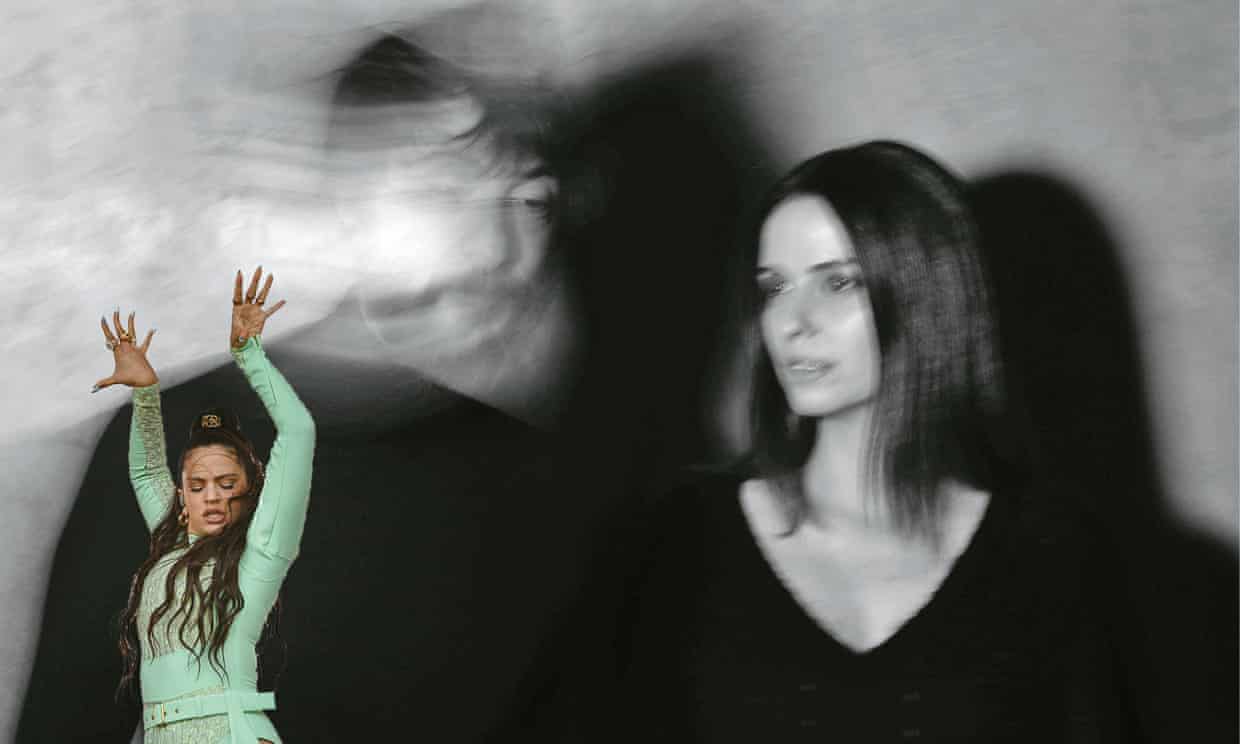
Music
Move over, Rosalía – fado is the new flamenco
Like the Catalan star modernised flamenco, musical duo Lina_Raül Refree are updating traditional Portuguese fado for the 21st century
by Ben CardewFor a few glorious moments at the end of January, downtown Los Angeles was enveloped by a whirlwind of Iberian fervour, as Catalan singer Rosalía brought her dazzlingly modern take on flamenco to the Grammy awards. Rosalía, who performed two songs, is the most high-profile exponent of the current flamenco revival. But she is by no means alone, with the likes of Maria Arnal i Marcel Bagés, Niño de Elche, La Favi and Califato 3/4 also offering modern interpretations of the flamenco sound.
Meanwhile, in neighbouring Portugal, the duo Lina_Raül Refree have forged a bold new take on another traditional music, fado: a deeply melancholic style closely associated with the Portuguese idea of saudade, an untranslatable term defined by scholar Aubrey Bell as “a vague and constant desire for something that does not and probably cannot exist”. Even Madonna is getting in on the act: in 2019 she uploaded a fado version of Like a Virgin to her Instagram and has recently been incorporating fado into her live sets.
Lina Rodrigues, whose family has sung fado for two generations, took to the genre when she was 15, releasing albums of fairly traditional fado as Carolina in 2014 and 2017. Despite this pedigree, she wanted to do something different with the style, which she says had developed “a lot of rules” over time. After she heard Barcelona guitarist Raül Refree’s work on Rosalía’s debut album, Los Ángeles, Lina’s management got in touch, hoping he could bring to fado the modern touch he had teased out of flamenco with Rosalía. Refree, who knew little about fado, was initially hesitant but went to Lisbon to see Lina sing live. The following day, they entered the studio to sound each other out. The result is an album that stays true to the emotional heft of fado while jettisoning the bright acoustic guitars that tradition demands. The duo treat their source material with respect, but experiment with instrumentation, using analogue synths, piano and occasional studio effects to give fado an eerily modern twist.
The purists may not like it – Rosalía herself has faced complaints of cultural appropriation from Spain’s Romany community – but these artists’ experiments have shown an unexpected malleability in flamenco and fado while exposing them to new audiences. Equally, it is not a case of merely picking off the culture: Lina studied opera before becoming a regular at Lisbon’s Clube de Fado, while Rosalía was taught flamenco from a young age. Refree says that for a traditional music genre to survive, “you need to have both sides: the people who want to keep everything how they think it was in the beginning – the purists. And you have to have the experimental ones,” he says. “It doesn’t make sense to have a style of music [that is] untouchable.”